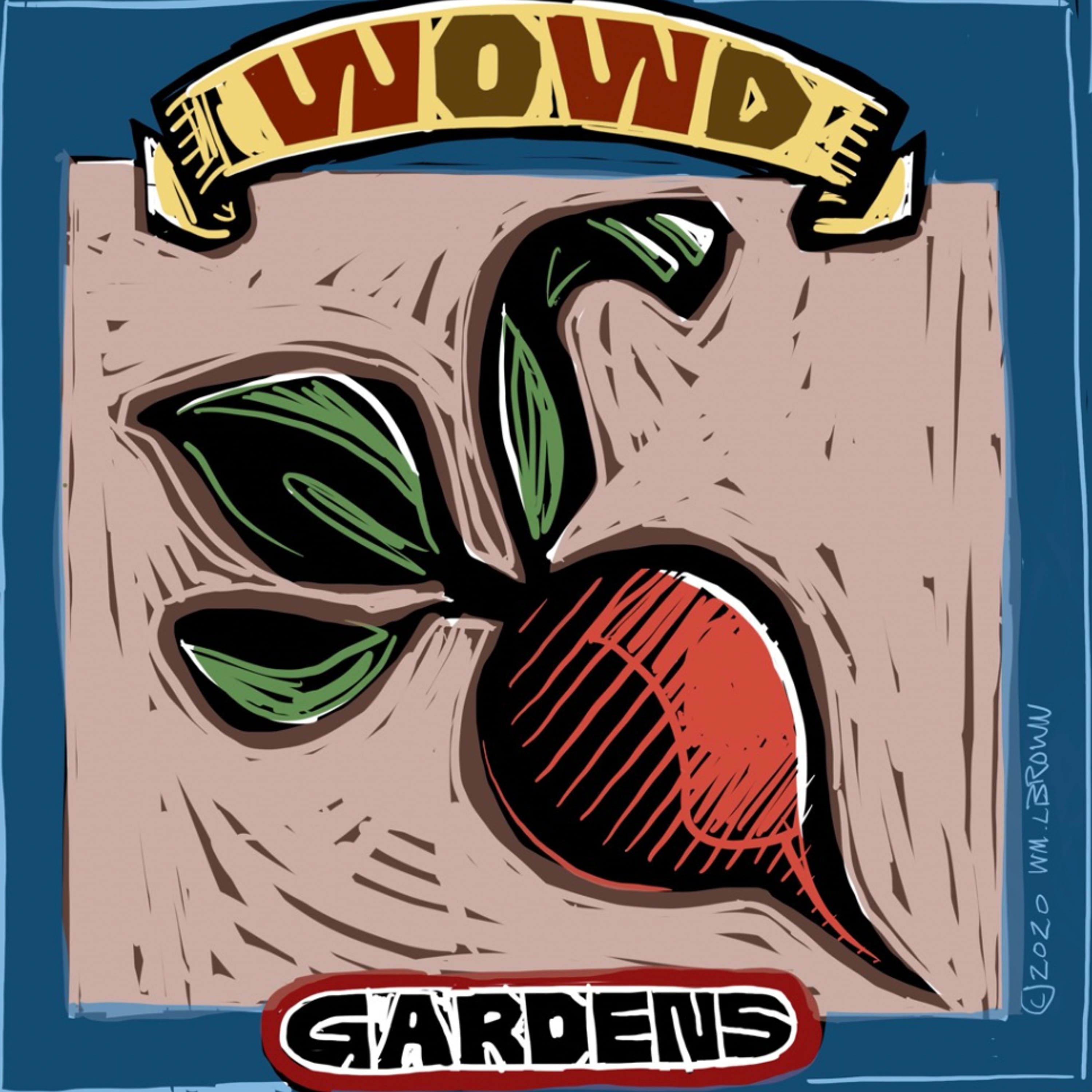
This is Weed and this is Wack with WOWDY Gardens. We are an organic gardening show focusing on keeping beauty in the garden year round if you can. Right. We basically love gardening and love talking about gardenings and figuring out things on our own without having to spend a whole lot of money. And when we sit around and chat over a cup of tea or a cup of coffee, the conversation always veers towards something
in the garden. That’s right. And a very easy plant to propagate that would save you money so you don’t really have to go go buy a bunch of these things. And actually they are fairly inexpensive at the nurseries and the garden stores is the forsythia. You never have to go buy forsythia. Forsythia, excuse me. It’s so easy to propagate by cuttings. That’s right. Now, this is an arching shrub that has yellow flowers that are that that are
born all along the stems and their profuse in the springtime. It’s amazing how many flowers come out of this thing. It’s a real yellow. Yeah, true yellow. And if you like yellow and you don’t and you like a a an arching a shrub with an arching habit, that’s what you want to go with is the forsythia, especially if you want to be generally blooms in March. Right. And it’s interesting because it is an intergeneric hybrid or the types that grow around here, which is forsythia.
Frase area is an intergeneric hybrid. And that in the Latin terms, the X that specifies hybrid is before the word instead of before the first word, instead of after the first word. So a regular hybrid would have the X in the after the first word. But this has the X before the first word. So it’s X forsythia, Frase area. And like so many of our gardening shrubs,
were found by Europeans, mostly wealthy Europeans, botanists and surgeons and so on traveling in Asia and discovering. And this is how this particular shrub was discovered. Brought over, believe it was a Scottish guy. Brought it back and it became very popular in the 1800s in European and American gardens. And that’s right. I suppose why we have them. Yeah.
No edible value and no usage for structures or anything. You can’t really build anything out of it. You can’t make baskets out of it. It really has no value other than its beauty and it sure is beautiful. My wife taught me a nice trick with it. Around January, you can go out and cut a branch and bring it inside and put it in a jar of water and no time at all.
You’ll have a yellow, beautiful, yellow flower arrangement. Now the way to propagate this plant is to strip off the leaves and whatever’s coming off the tip of the cane and shove that in the ground. And sure enough, probably six months later, it’s going to sprout on its own and then you’ll be able to cut that cane. You’ll have a new plant. So my only bummer about the plant is the flowering is so short.
And the rest of the season, it’s sort of hard to recognize what it is. It becomes a shrub. You just need to cut back because it grows over the pathway in distinguishing qualifications. Now the flowers are sterile. You will not be able to find any seeds in this plant. But like I said, if you want to propagate it, you just bend the cane over and shove it in the ground. If you don’t have any, ask somebody for a cane.
I have a bunch in my front yard. I’m happy to give away some. All right. And you’ll find it growing in parks and places where you can just clip a few branches. Really, no one’s going to say anything. Well, it’s always good to get permission, folks. You go out there and do a little guerrilla gardening. Yeah. Well, this this this species is hard to kill. Yeah. Well, for sure. So, folks, planta facetia.
You have a facetia in your yard and you can enjoy that nice yellow flower early in spring. Really? Yeah. You know, they’ve been coming earlier and earlier, it seems to me. But of course, that’s another topic. So goodbye from Weed and Wack. We’ll be back. Join us next week.